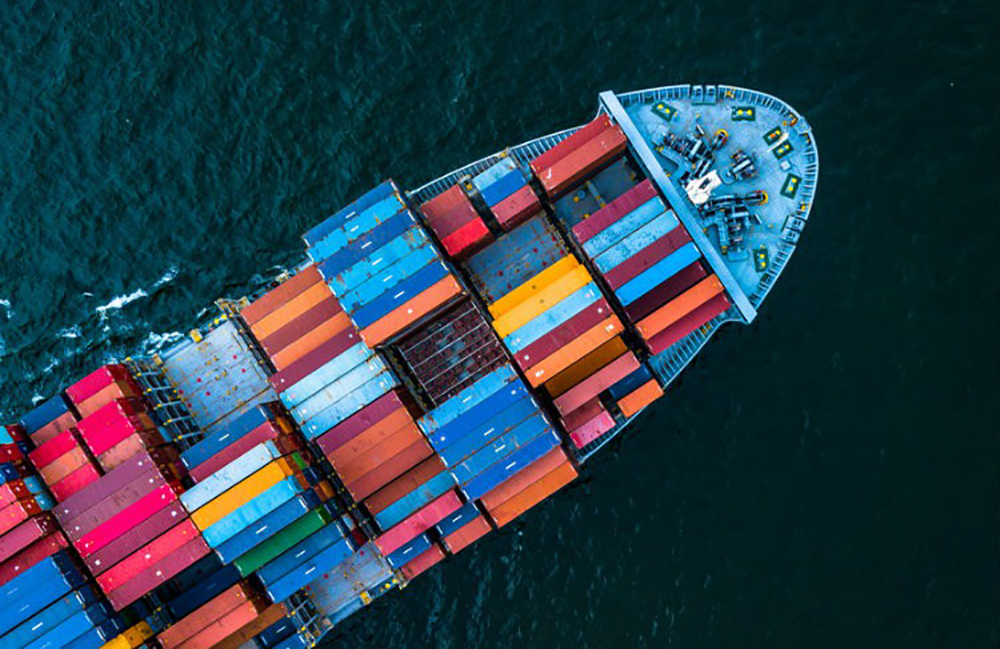Sri Lanka’s external sector recovered further in July 2020 supported by an increase in merchandise exports and increased workers’ remittances amidst reduced merchandise imports, the Central Bank announced
Several notable achievements were observed in spite of the COVID-19 pandemic. Earnings from merchandise exports surpassed US dollars 1 billion in July for the first time since January 2020 and recorded a positive year-on-year growth for the first time since February 2020.
As expected, merchandise imports remained subdued with the continuation of restrictions imposed on the importation of non essential goods.
A substantial increase was observed in workers’ remittances in July 2020, recording the highest amount of monthly remittances since January 2018.
Meanwhile, the level of gross official reserves of the country increased to US$ 7.1 billion by the end of July 2020, which was sufficient to cover 4.8 months of imports with the receipt of the US$ 400 million SAARC finance swap facility from the Reserve Bank of India.
Total foreign assets, which consist of gross official reserves and foreign assets of the banking sector, amounted to US$ 10 billion in July 2020, providing an import cover of 6.8 months
Net inflows to the domestic foreign exchange market eased the pressure on the exchange rate and enabled the Central Bank to absorb foreign exchange on a net basis to build up gross official reserves.
Foreign outflows from the government securities market and the Colombo Stock Exchange (CSE) continued during the month, though at relatively low levels. The Sri Lankan rupee recorded a marginal appreciation during the month of July 2020. The deficit in the trade account narrowed by US$ 509 million in July 2020 to US$ 209 million, from US$ 717 million in July 2019, as exports increased while imports recorded a decline.
On a cumulative basis, the trade deficit narrowed by US$ 844 million to USD 3,470 million during the period January-July 2020 from US$ 4,314 million in the corresponding period of 2019.
Meanwhile, terms of trade, i.e., the ratio of the price of exports to the price of imports, declined by 4.1 per cent (year on year) in July 2020 as export prices declined at a faster pace than the decline in import prices.

Leave your comments
Login to post a comment
Post comment as a guest